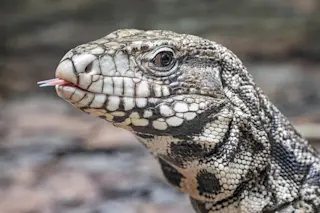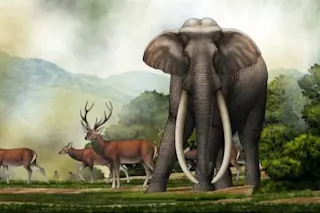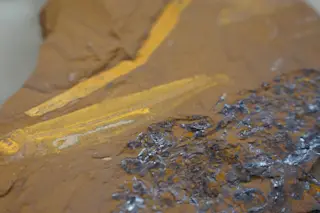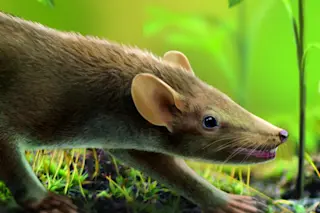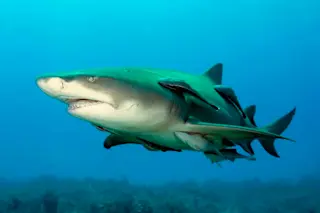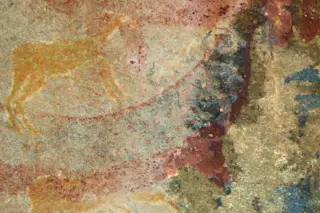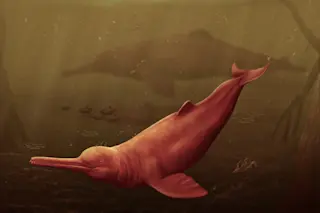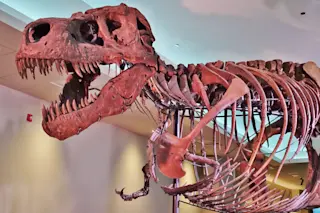For the first time, researchers have identified blubber, and other soft tissue, preserved in an Early Jurassic ichthyosaur. The new interpretation of the 180-million-year-old fossil suggests that the extinct marine reptiles were warm-blooded.
Ichthyosaurs swam the Mesozoic Era seas and were roughly contemporary with dinosaurs. They are often compared with modern toothed whales, particularly porpoises (though at least one ichthyosaur species attained blue whale-like size). Many paleontologists have theorized that the animals, like modern whales, were warm-blooded, though evidence supporting the idea has been largely elusive.
Today, however, researchers describe the results of a new and more refined analysis of a specimen of the ichthyosaur species Stenopterygius, preserved with some of its skin, including pigmentation, blubber and possibly liver tissue (and, bonus, stomach contents).
The researchers used ultraviolet light, specialized X-ray imaging and other techniques to determine the composition of the fossil. They identified remnants of smooth skin lacking scales ...





